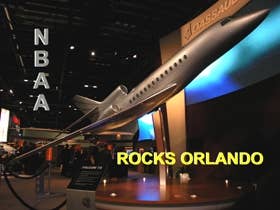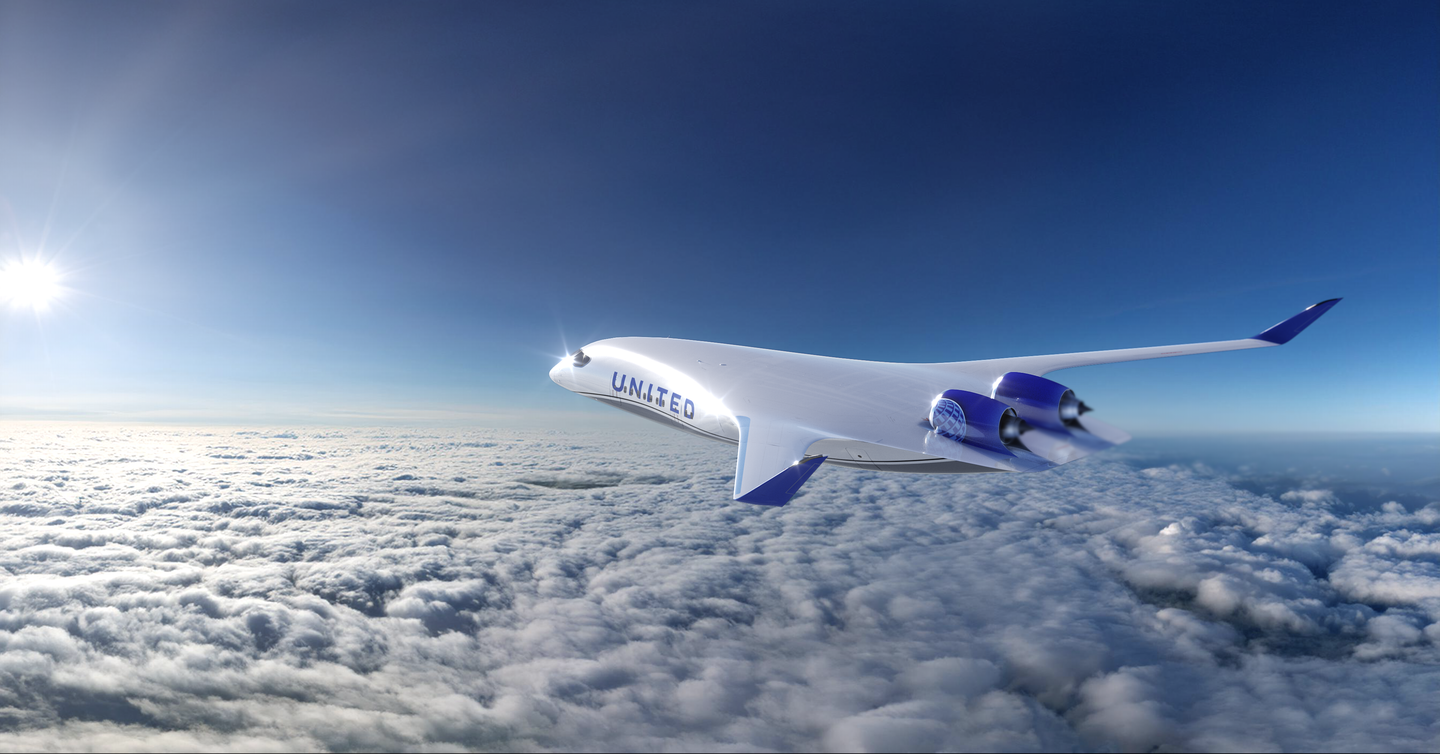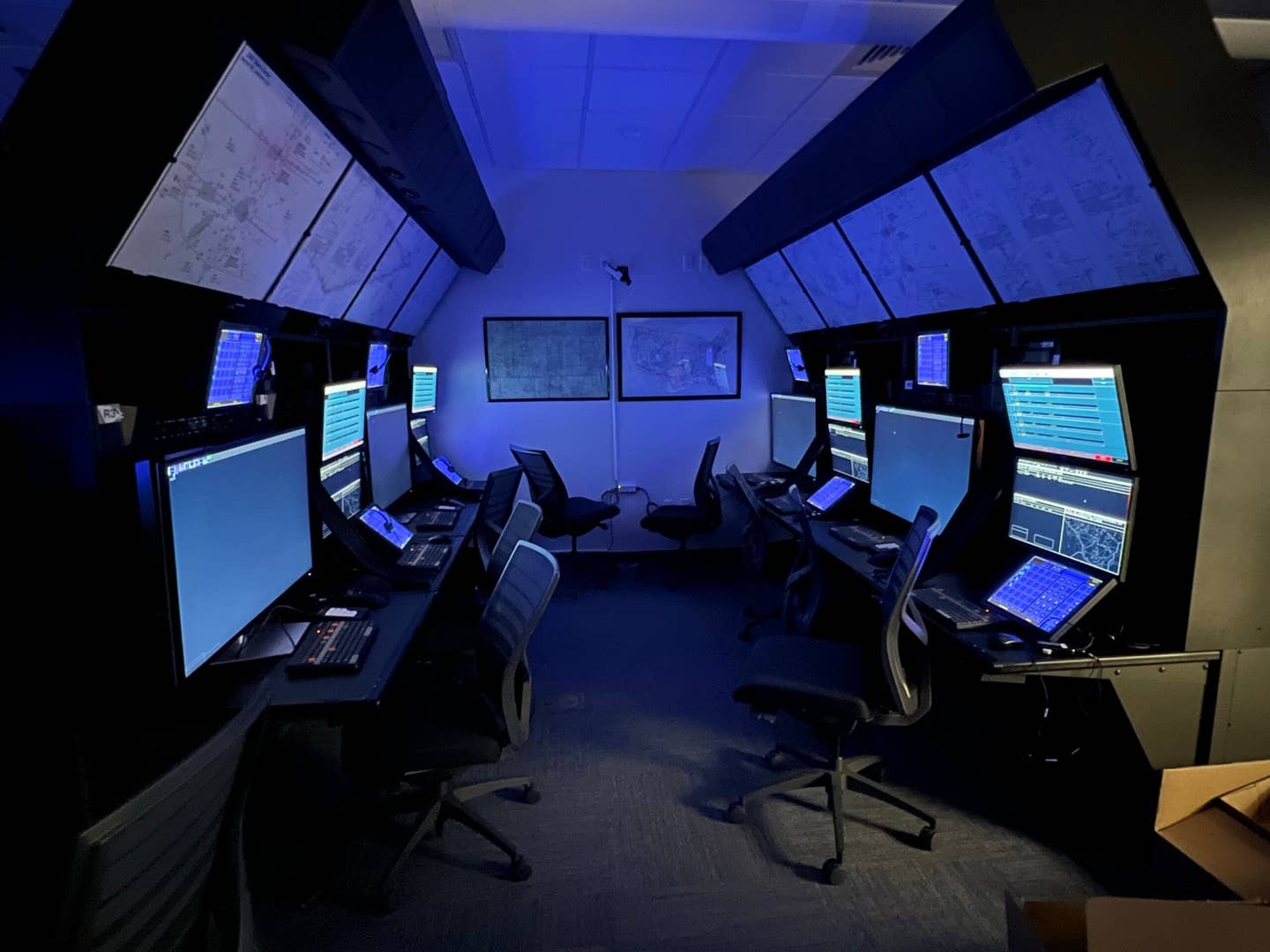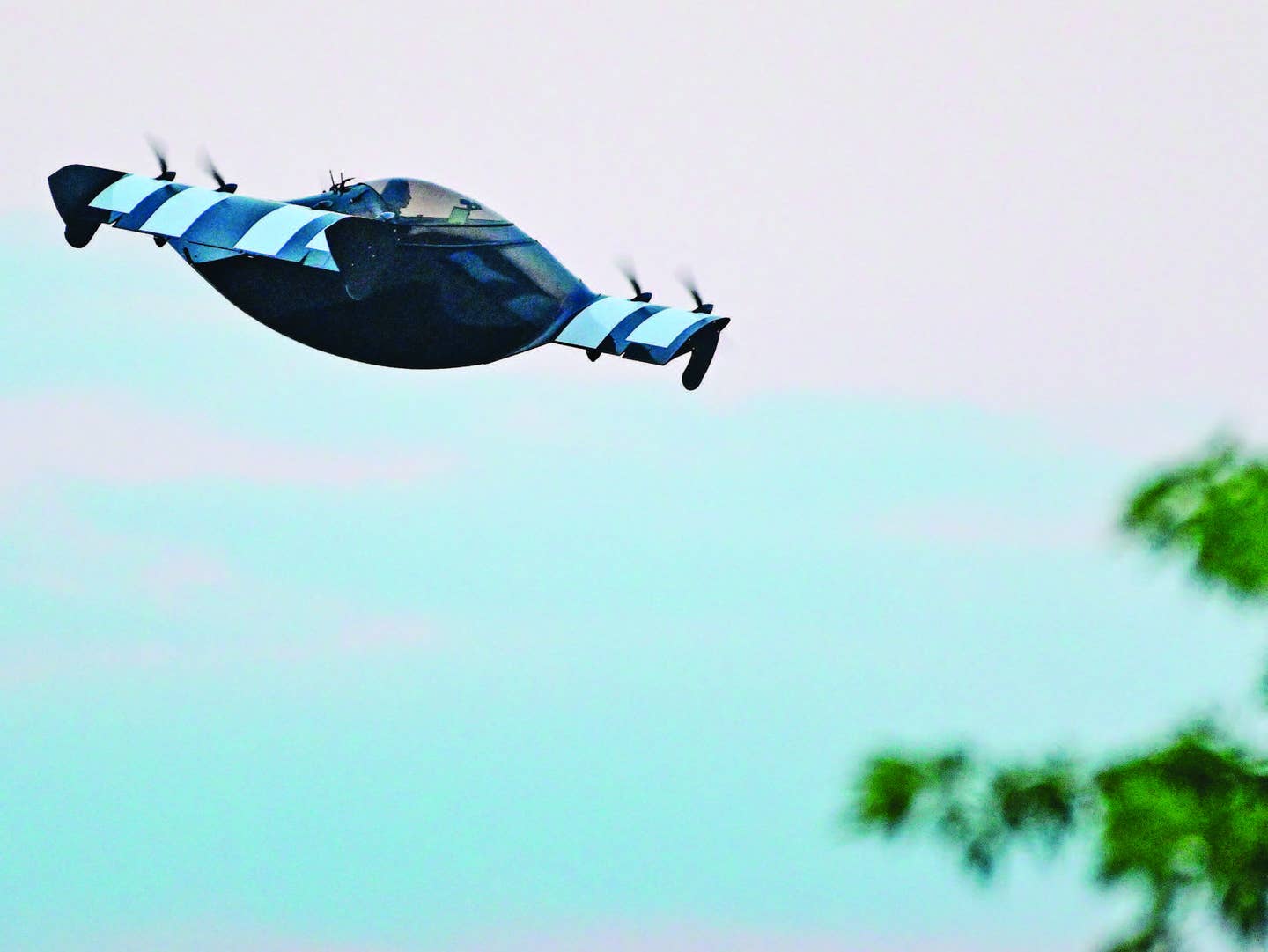
When the National Business Aviation Association (NBAA) announced, in the aftermath of Katrina, that it was moving its convention to Orlando, to a date a week in advance of the previously scheduled show in the Big Easy, a lot of people wondered out loud just how the organization was going to pull off that feat. As it turned out, without missing a beat. The NBAA's annual extravaganza, which made its curtain call just last week, was so smoothly run that nobody could have known, had they somehow missed the whole hurricane thing, that Orlando was a last minute substitute for New Orleans. In terms of news, well, there was a lot of stuff going on, though there were no blockbuster announcements, as we've seen in recent years, of new jets and new programs. NBAA President Ed Bolen led off the Convention at the annual media breakfast by clearly stating the association's position on user fees. They're wrong, the organization opposes them and they're ready to put up a fight in Washington over the issue. Bolen clearly indentified the opposition, the airlines, and their motives, to agressively spread the tax burden, from them, to general aviation. Honeywell kicked off the show with its annual turbine forecast, and the numbers look rosey for bizav over the next ten years, with the forecasters seeing nearly 10,000 turbofans going out the doors of airframers over that time period. And that's not counting the emerging breed of very light jets. Speaking of which, there's a new player, the all-composite Spectrum jet, announced at the show, though its first flight is still a ways off. Embraer announced names for its two littlest jets, the Phenom 100 and the Phenom 300, and it named Garmin as the vendor for the jets' avionics systems. Garmin will supply three-screen systems with newly announced 12-inch displays. Bombardier announced a newly refined Challenger, the 605, which features a wealth of interior upgrades, including new avionics, which shave 200 pounds off the weight and, hence, add 200 pounds to the payload. Sweet deal. Likeweise, another Bombardier family member, the Lear 60, gets new avionics and interior upgrades and becomes in the process the Lear 60 XR. Raytheon is now calling the super-midsized Hawker Horizon the Hawker 4000, which will give it room to derivatize (a word you heard here first) the model. It's also putting winglets on the phenomenally successful Hawker 800 XP, turning it into the Hawker 850 XP, now with better hot and high performance. Avidyne and Ryan have merged, with Ryan now being known as Avidyne Safety Systems. Avidyne will produce three active traffic avoidance boxes, the lowest priced of them coming in at less than $10,000. AirCell, which made its name, and coined it too, by creating a ground network of aviation accessible cellular transceivers, announced a new communications backbone for the cabin, Axxess, which will offer customers wireless and broadband access, satphone servioce, and voice and data at what it claims will be lower prices than previously available for such services. AirCell is so behind broadband and satellite communications that it plans to shut down its cellular network. The future, it believes, is in newer technologies. Indeed, if there was a theme at NBAA 2005 Orlando, it was that the future is full of better, safer, faster and more comfortable airplanes, and lots more of them at every level of the market, from the Eclipse, which despite a much rumored two-month certification delay, will likely be delivering airplanes by mid-year, to Boeing, which announced at the show the 100th sale of a BBJ. Click here to read Ed Bolen's comments at NBAA about user fees.

Sign-up for newsletters & special offers!
Get the latest FLYING stories & special offers delivered directly to your inbox






